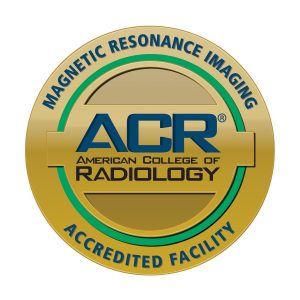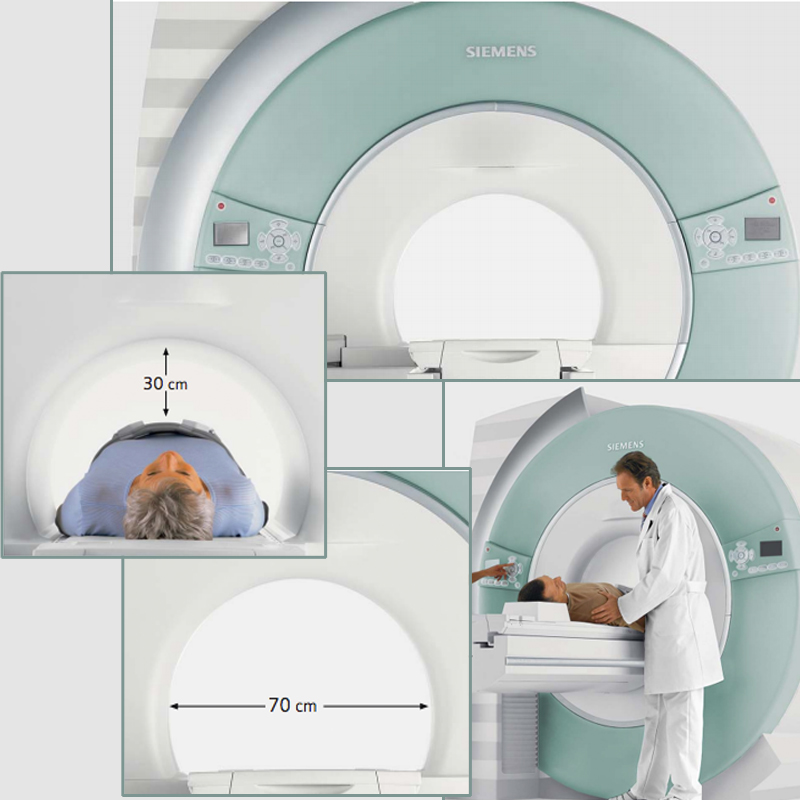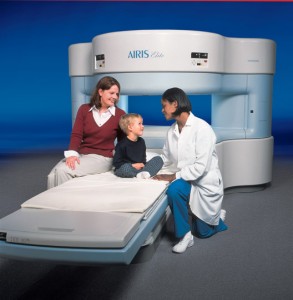If you suffer from chronic lateral epicondylitis (“tennis elbow”) or plantar fasciitis (pain in the bottom of the heel), a new treatment is available to you onsite at the OSS Wallingford location: extracorporeal shock wave therapy (ESWT).
What is ESWT? How does it work?
ESWT works by sending low-energy shock waves, similar to those used to treat kidney stones, to the area with the most pain – causing an interruption of the pain pathways by affecting nerves at the cellular level, and healing the degenerative process that caused the initial pain by creating new blood vessel growth.
Shock waves are generated by a device called the Sonocur Basic, which can provide treatment whether the patient is in a sitting or lying position. The shock wave head holds a kind of loudspeaker that drives acoustic pulses via a lens and a water channel, through a coupling gel on the treatment area to allow the waves to enter, to the affected area. Each treatment delivers 2,100 pulses, and the complete therapy usually requires three sessions, with a week in between each session.
What are the benefits of this treatment?
Because this treatment is performed in your physician’s office, with no need for imaging studies or anesthesia, it is less expensive than treatments in a hospital or surgery center. ESWT offers patients a non-invasive option to more traumatic traditional surgical treatments, with excellent clinical results.
Who is a good candidate for this treatment?
Patients who have had pain for at least six months and who have tried other conventional therapy methods without success are good candidates to consider treatment with ESWT.
Are there any side effects of this treatment?
ESWT may cause redness and bruising of the treated area, which typically clears within a few hours to a few days of the treatment. Some pain during and immediately after the treatment is commonly reported, as it is necessary to focus the waves directly onto the area of most pain in order for the waves to heal that area. A few patients have reported numbness and/or tingling sensations that radiate from the affected area, however these sensations have resolved without additional treatment in each case.
If you suffer from lateral epicondylitis or plantar fasciitis, make sure to discuss this treatment option with your orthopedic surgeon. You can download a Sonocur Basic brochure here, and please call our offices with any questions or to schedule a visit with one of our physicians at (206) 633-8100.
Find OSS on Facebook and follow on Twitter to keep up to date on new articles and news.



 The result of our OPEN MRI is a sophisticated diagnostic picture of the area your orthopedic specialist wishes to view. What’s more, there is no pain, no known side effects, and no radiation used with our OPEN MRI.
The result of our OPEN MRI is a sophisticated diagnostic picture of the area your orthopedic specialist wishes to view. What’s more, there is no pain, no known side effects, and no radiation used with our OPEN MRI.